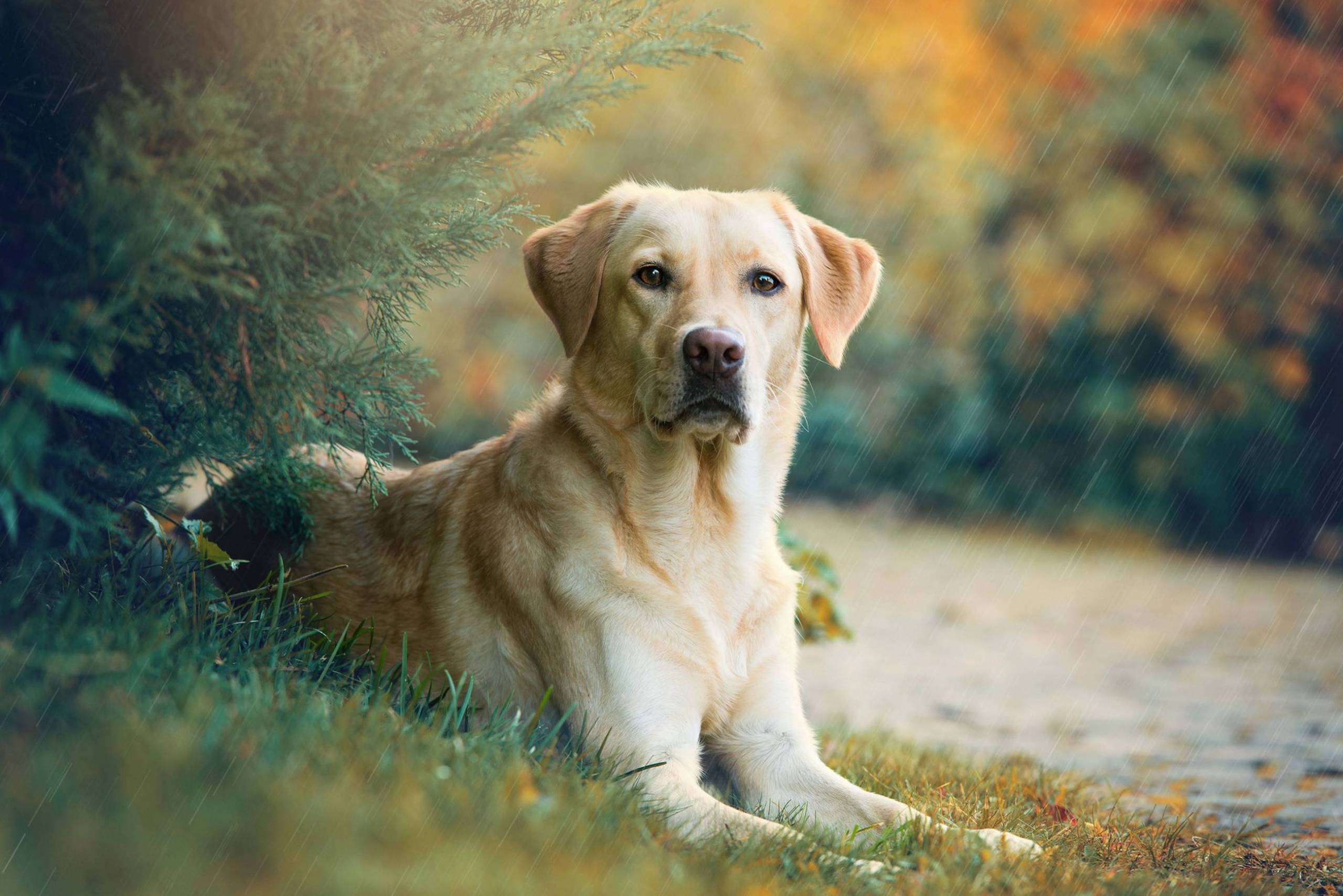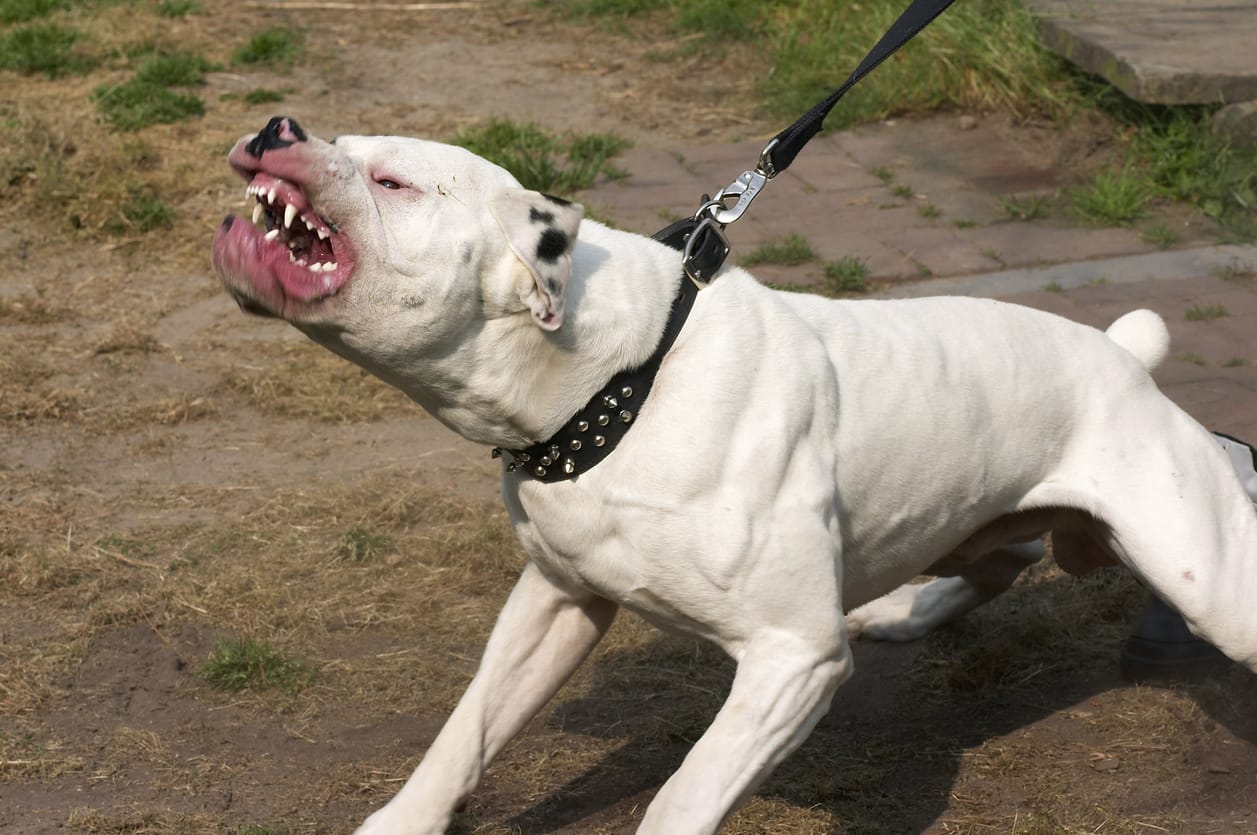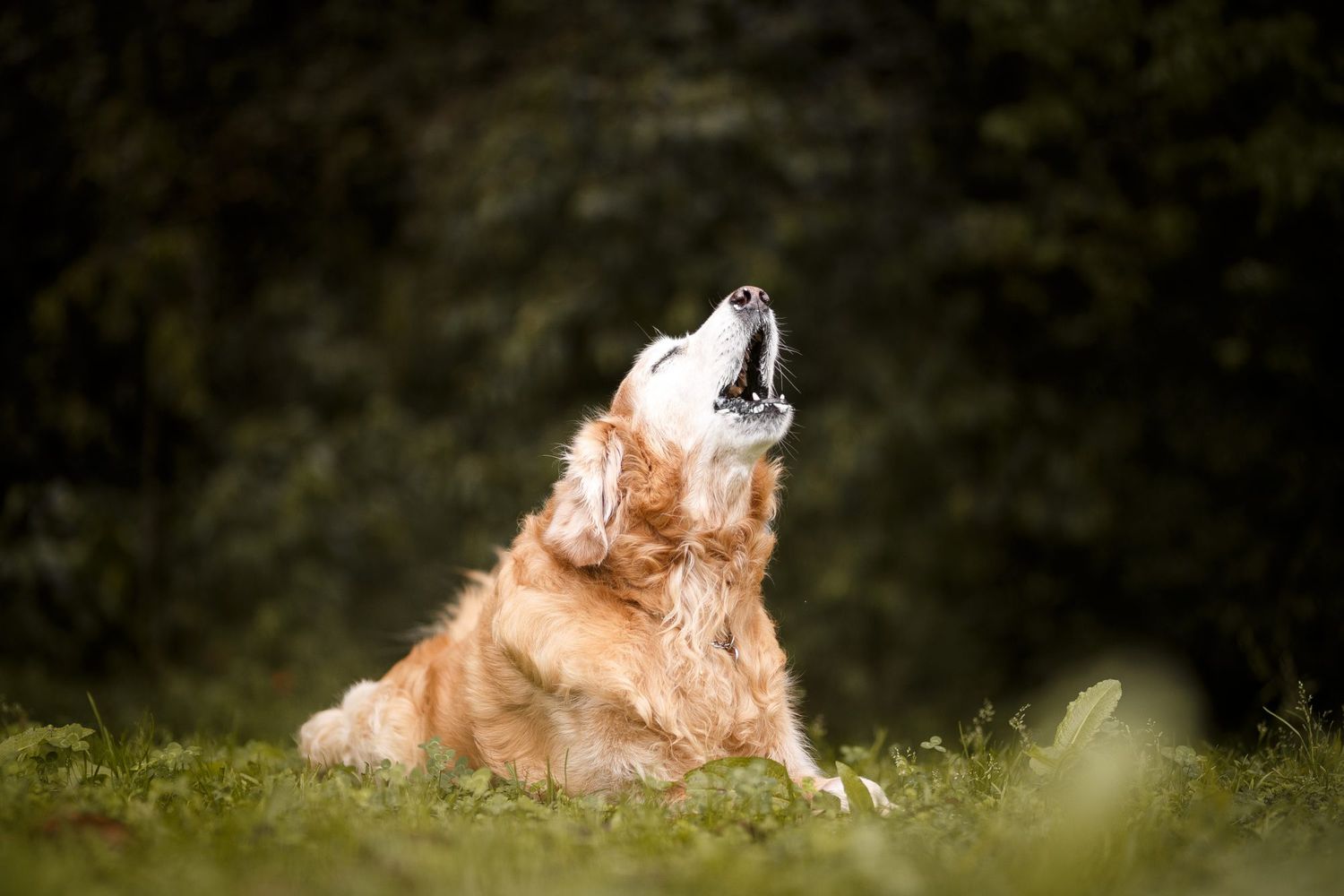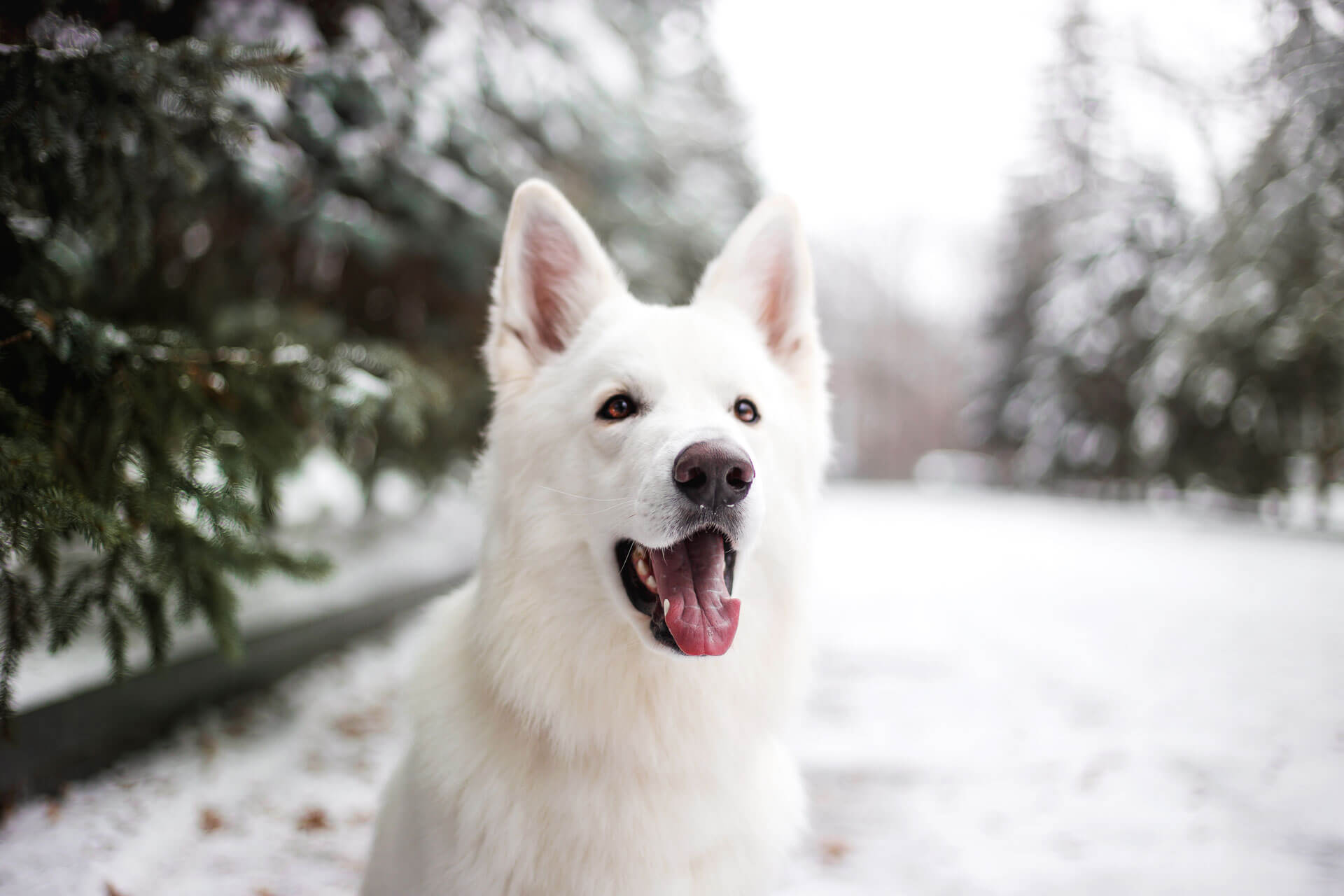African wild dogs, also known as painted dogs or hunting dogs, are a rare and unique species of wild canines native to sub-Saharan Africa. They are known for their colorful, patchy coats, large bat-like ears, and bushy tails with white tips that serve as a flag to keep the pack in contact while hunting.
African wild dogs are highly social animals that live and hunt in packs that are widely dispersed and never stay in one place for long. Unfortunately, African wild dogs are endangered due to habitat fragmentation, human-wildlife conflict, and diseases like rabies and canine distemper.
You are reading: Discover The 5 Types Of African Wild Dogs
In this article, we will discover the five types of African wild dogs and learn more about their unique characteristics and conservation efforts.

5 Types Of African Wild Dogs
Cape Wild Dog

The Cape wild dog, also known as the Cape hunting dog, is a subspecies of the African wild dog (Lycaon pictus) and is the largest subspecies of the species.
The Cape wild dog is found in southern Africa, particularly in Namibia, Botswana, Zimbabwe, and South Africa. It is much more colorful than the East African wild dog, and even within this single subspecies, there are geographic variations in coat color.
The Cape wild dog is also known for its strong social bonds, living in permanent packs consisting of two to 27 adults and yearling pups. Unfortunately, the Cape wild dog, like all African wild dogs, is endangered due to habitat fragmentation, human-wildlife conflict, and diseases like rabies and canine distemper.
Conservation efforts are underway to protect the Cape wild dog and its habitat, including the creation of protected wildlife corridors and initiatives that reduce conflict between humans and African wild dogs.
East African Wild Dog
The East African wild dog is a subspecies of the African wild dog (Lycaon pictus) and is found in East Africa, including Tanzania, Kenya, and Ethiopia. It is characterized by a darker fur coat than its Cape wild dog kin, with less yellow in its fur.
However, there is not much that separates this subspecies from any other, as their territorial ranges overlap, and their food sources and size are roughly equivalent.
Read more : 12 Types Of Herding Dogs
Like all African wild dogs, the East African wild dog is a highly social breed that lives and hunts in packs. They are opportunistic predators that hunt a wide variety of prey, including antelopes, warthogs, wildebeest calves, rats, and birds.
African wild dogs have a success rate of around 80% when hunting, which is higher than other predators like lions and leopards. This high success rate is largely due to their teamwork, as a pack of wild dogs will hunt together to capture prey.
Unfortunately, the East African wild dog, like all African wild dogs, is endangered due to habitat fragmentation, human-wildlife conflict, and diseases like rabies and canine distemper.
Conservation efforts are underway to protect the East African wild dog and its habitat, including the creation of protected wildlife corridors and initiatives that reduce conflict between humans and African wild dogs.
West African Wild Dog
The West African wild dog, also known as the West African painted dog, is a subspecies of the African wild dog (Lycaon pictus) and is found in western and central Africa, from Senegal to Nigeria.
Unfortunately, the West African wild dog is critically endangered, with only two subpopulations surviving in the Niokolo-Koba National Park of Senegal and the W National Park of Benin, Burkina Faso, and Niger. It is estimated that only 70 adult individuals are left in the wild.
The West African wild dog is slightly smaller than other subspecies of African wild dogs, with a more reddish coat and fewer black markings. Like all African wild dogs, the West African wild dog is a highly social animal that lives and hunts in packs. They are opportunistic predators that hunt a wide variety of prey, including antelopes, warthogs, wildebeest calves, rats, and birds.
Unfortunately, the West African wild dog, like all African wild dogs, is endangered due to habitat fragmentation, human-wildlife conflict, and diseases like rabies and canine distemper.
Conservation efforts are underway to protect the West African wild dog and its habitat, including the creation of protected wildlife corridors and initiatives that reduce conflict between humans and African wild dogs.
Somali Wild Dog
The Somali wild dog, also known as the African painted dog, is a subspecies of the African wild dog (Lycaon pictus) and is found in Somalia, Ethiopia, and Kenya. It is smaller than the East African wild dog, with shorter and coarser fur and a weaker dentition.
The Somali wild dog is visually the easiest to separate from the other four subspecies of African wild dogs, with a more reddish coat and fewer black markings.
Read more : Why Is My Dog Licking My Other Dog?
Like all African wild dogs, the Somali wild dog is a highly social animal that lives and hunts in packs. They are opportunistic predators that hunt a wide variety of prey, including antelopes, warthogs, wildebeest calves, rats, and birds.
Unfortunately, the Somali wild dog, like all African wild dogs, is endangered due to habitat fragmentation, human-wildlife conflict, and diseases like rabies and canine distemper.
Conservation efforts are underway to protect the Somali wild dog and its habitat, including the creation of protected wildlife corridors and initiatives that reduce conflict between humans and African wild dogs.
Chadian Wild Dog
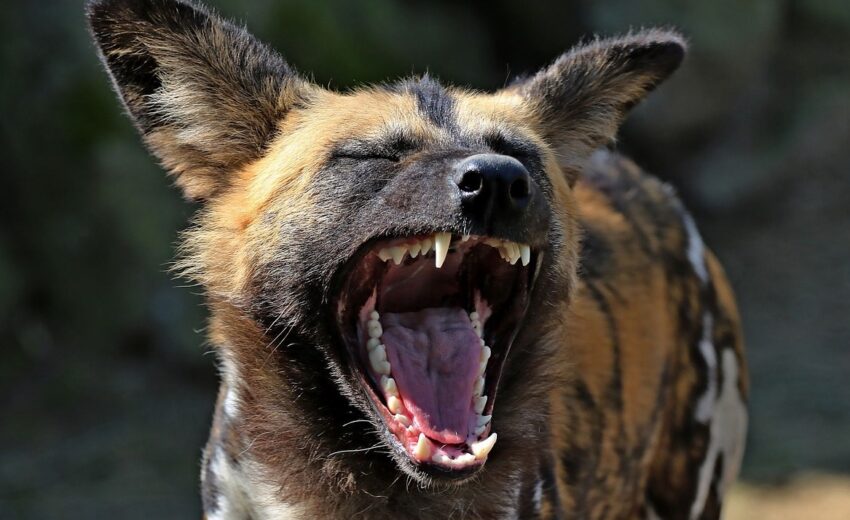
The Chadian wild dog, also known as the Chadian painted dog, is a subspecies of the African wild dog (Lycaon pictus) and is found in central Africa, particularly in Chad and the Central African Republic. It is the only subspecies of African wild dog that is not found in southern or eastern Africa.
The Chadian wild dog is the largest subspecies of African wild dog and is distinguished from other subspecies by its very dark coat with very little yellow. Unfortunately, the Chadian wild dog, like all African wild dogs, is endangered due to habitat fragmentation, human-wildlife conflict, and diseases like rabies and canine distemper.
Conservation efforts are underway to protect the Chadian wild dog and its habitat, including the creation of protected wildlife corridors and initiatives that reduce conflict between humans and African wild dogs.
FAQS
1. How many types of African wild dogs are there?
There is only one species of African wild dog, but there are five subspecies: Cape wild dog, East African wild dog, West African wild dog, Somali wild dog, and Chadian wild dog.
2. What do African wild dogs eat?
African wild dogs are carnivores and opportunistic predators that hunt a wide variety of prey, including antelopes, warthogs, wildebeest calves, rats, and birds.
3. How do African wild dogs hunt?
African wild dogs hunt in formidable, cooperative packs of six to 20 (or more) animals. They despatch their prey by tearing it apart, as opposed to the suffocation strategy used by big cats. This has earned them something of a bad reputation, but kills are usually quick and efficient.
4. Why are African wild dogs endangered?
African wild dogs are endangered due to habitat fragmentation, human-wildlife conflict, and diseases like rabies and canine distemper. They are also often hunted and killed by farmers who fear for their livestock.
5. What conservation efforts are being made to protect African wild dogs?
Conservation efforts are underway to protect African wild dogs and their habitat, including the creation of protected wildlife corridors and initiatives that reduce conflict between humans and African wild dogs.
Source: https://petstutorial.com
Category: DOGS

